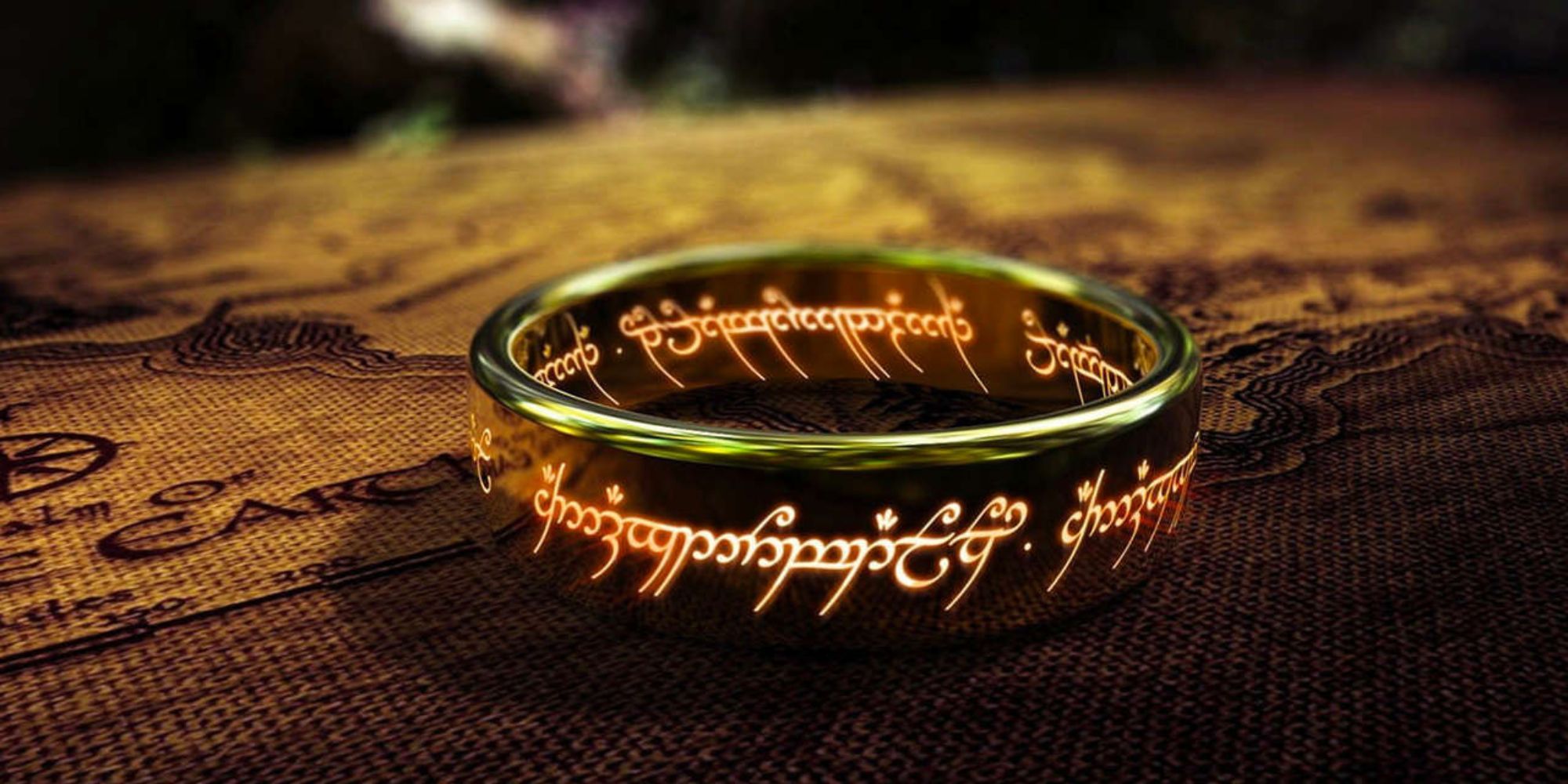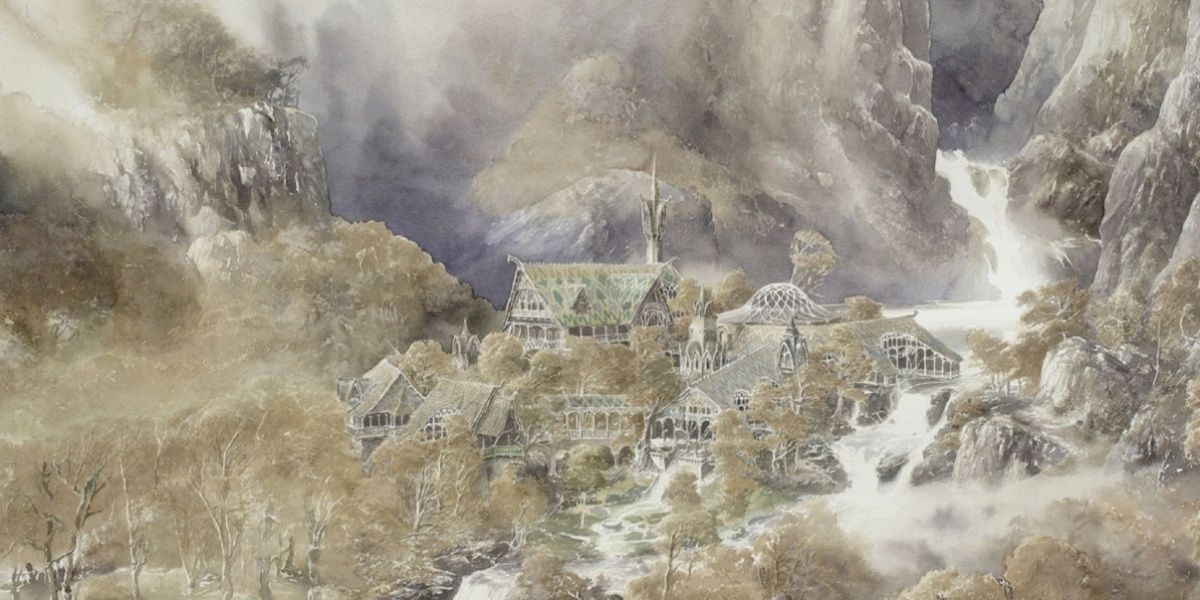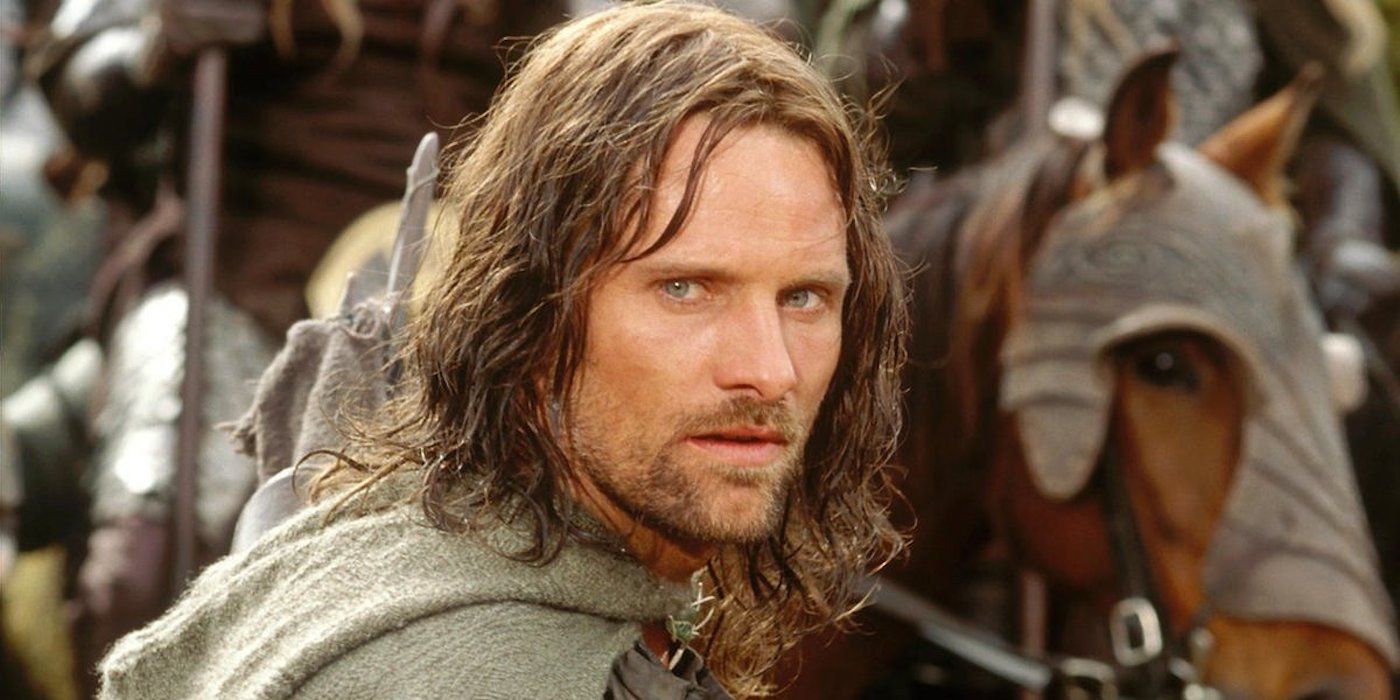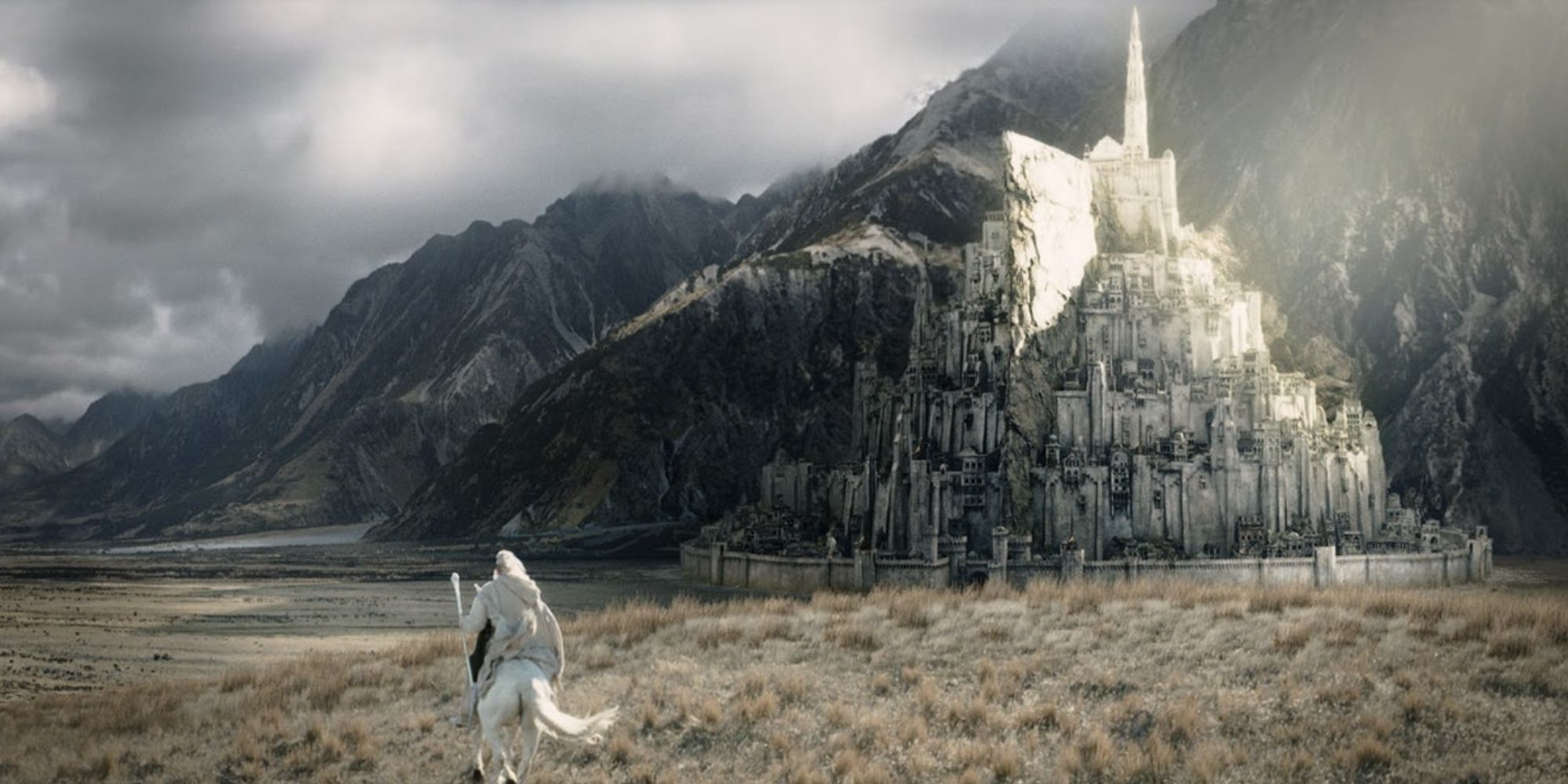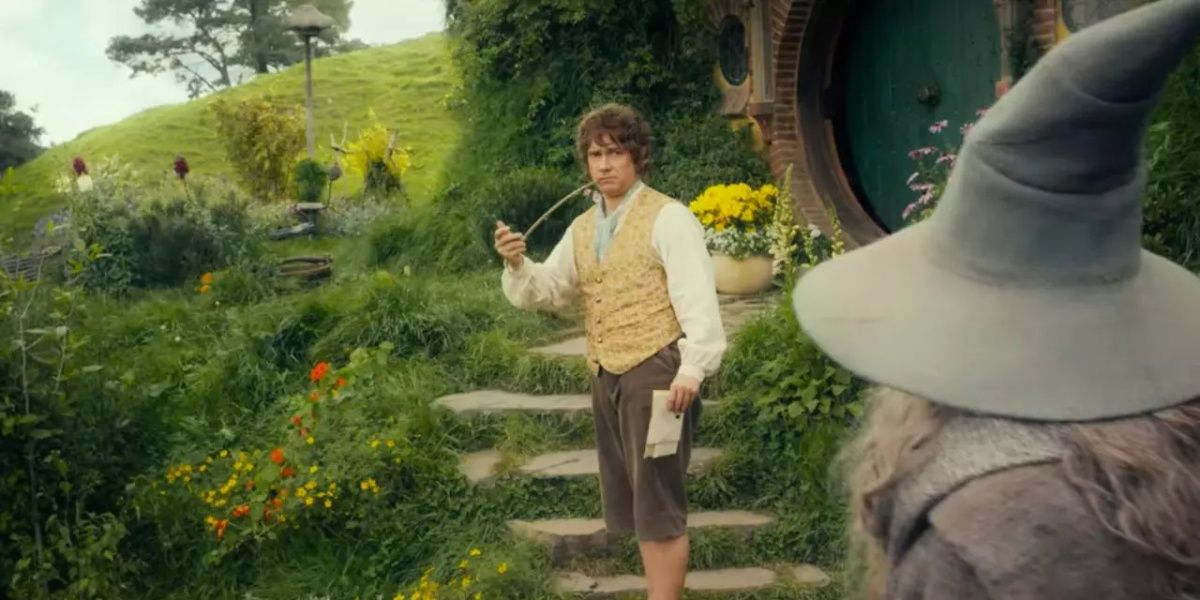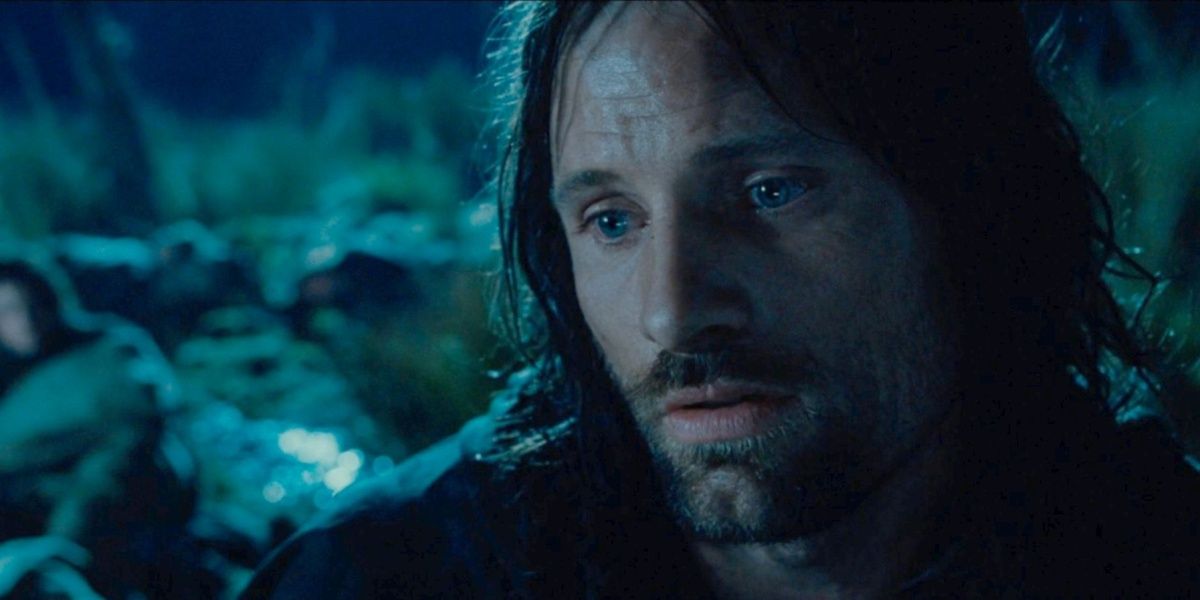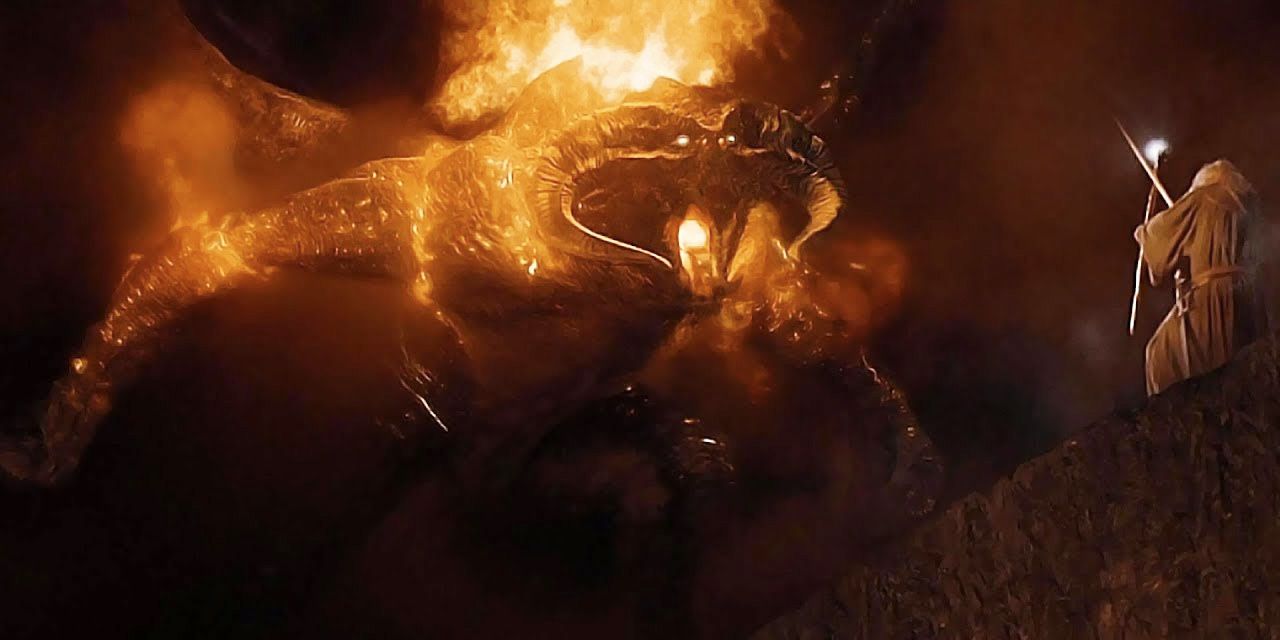With The Lord of the Rings: The Rings of Power coming to the screen in only a few months, everyone is eager to revisit Middle-earth. The new show looks like it’s going to have great production quality, and this is a great opportunity to appreciate the crew and staff of the original The Lord of the Rings trilogy.
More than twenty years ago, they put tons of effort and passion into a project no one knew would do as well as it did—they worked on location, created new CGI methods, labored over practical effects, and created astonishing set-pieces. There are bound to be tons of great stories from the three-year production process of making some of the best fantasy movies of the last twenty years, and it’s time to dive deep behind the scenes.
Viggo Mortensen Broke His Toes…And A Tooth
While it is common knowledge now that Aragorn’s performance at the pyre in The Two Towers wasn’t just acting (his scream of grief was actually one of pain, since Viggo Mortensen had just slammed his foot into a solid metal helmet and broken two toes) other aspects of the actor’s commitment are less well-known.
As they filmed the Battle of Helm’s Deep, Viggo Mortensen was hit in the face with a poorly-aimed sword. His front tooth cracked, but he casually picked a piece up, said they could just superglue it back into his mouth, and was ready to continue with the scene.
Forced Perspective Made The Hobbits Look Short
Rather than the (sometimes less-than-stellar) CGI popular at the time, practical effects were used all throughout the production process. Sometimes this meant the crew had to be extremely inventive when it came to making the average-sized actors playing Hobbits look notably smaller than the others.
Forced perspective was used a lot throughout the films, creating optical illusions that, for instance, Elijah Wood was shorter than Ian McKellan even as they sat at the same table. Sets were even created with various sized objects, props, and tables to make this forced perspective method even easier.
All The Chainmail Was Made By Hand
Chainmail armor is par for the course in fantasy by now, and nowhere is it seen more often than on The Lord of the Rings’ hundreds of actors and extras—besides, perhaps, in Game of Thrones.
While the chainmail used in the Lord of the Rings movies was lightweight and made of special material, it was all made completely by hand—mostly by only two men. Over the course of three and a half years of the trilogy’s production, linking together millions of tiny metal links for days on end actually caused the creators to wear away their fingerprints.
The Director Hired Language Experts
Linguists were common on set, working mainly as dialogue coaches. David Salo is well-known in the Tolkien fan-base and in constructed language communities for his role in contributing to Tolkien language studies. Alongside Roisin Carty, Salo worked on the trilogies to translate Sindarin and Quenya as well as the Dwarvish languages—most of the Elvish spoken in the movies is their work, as well as the Elvish phrases sung by choirs in the music score.
The Elvish inscriptions that appear in books and engraved on sword-blades were translated with specific, grammatically-correct meanings in mind. David Salo has also contributed to some of Tolkien’s languages that don’t have enough vocabulary to work with practically, and has written books and contributed to journals on the topic.
Alan Lee and John Howe Created The Concept Art
John Howe and Alan Lee had already become artists known for their beautiful, realistic portrayals of Gondor, Rivendell, and other regions present in The Lord of the Rings book series when they received calls asking them to work on designing the films. Director Peter Jackson didn’t want the typical Hollywood design for these films—he wanted something more immersive and authentic, something that made the cast, crew, and audience believe the world had actually existed.
Who better to bring on to create that atmosphere than artists who’d already proved their deep understanding of Tolkien’s world? The two artists went on to influence the distinctive designs of Elvish and Dwarven architecture and armor, managing to create a sense of deep untold history behind each aspect of the sets and costuming.
Viggo Mortensen Got Into Character In The Woods
Method acting has been taken to extremes by some actors, so as committed as Viggo Mortensen was in portraying Aragorn as authentically as possible, it’s a relief that his actions only consisted of carrying his sword everywhere, being surprisingly good at swordplay, making his Aragorn outfit more worn and torn, and camping in the woods to ensure he sufficiently understood his character's life.
He went through plenty of near-death experiences while filming for the show, so maybe he didn’t want to press his luck too much.
Minas Tirith Was A Huge Miniature Set
Most The Lord of the Rings fans immediately think set design when asked what is most memorable about the trilogy. While all the sets carry their own charm, the crew went all out on building the capital of Gondor.
Carpenters, scaffolding, stone carvers…you name it, it was involved in creating Minas Tirith. The miniature set for Minas Tirith was built into the Dry Creek Quarry in New Zealand, and was large enough to allow entire groups of people and horses to walk through and around it–what the crew began calling a ‘bigature’. It was extremely realistic, with chipped stone, dirtied cobblestone streets, and an atmosphere fitting what once could have been the great capital of a war-torn kingdom.
The ‘Greens Department’ Existed
Planting vegetables was a necessity to make the Shire look Hobbit-ish, lived-in, and cozy, the perfect place to enjoy a hearty meal. Before pre-production even started, the greens department planted hundreds of plants and vegetables around the set of the Shire so that by the time shooting had begun, the place would be lush and green.
Members of the greens department also created a nursery for plants from the Edoras set, and the crew sometimes used parts of tree bark and branches to give their steel props more realism.
Cast Members Contributed Music
Though composer Howard Shore was the creator of The Lord of the Rings’ iconic soundtrack, the other crew members got in on it, too. Peter Jackson contributed a single gong noise to one of the songs, while actor Billy Boyd came up with the melody and words to his character Pippin’s song “Edge of Night”, which plays during a moving scene of Faramir’s troop going to their certain deaths.
Viggo Mortensen was also involved with setting to music Tolkien’s original poem, “The Song of Beren and Luthien”. Aragorn softly sings this song under his breath in one scene in the extended edition of The Fellowship of the Ring, as a reference to his similar love story with the elf Arwen.
Howard Shore Composed The Best Score Ever
Howard Shore composed the entire score for all three movies, and, in contrast to the normal composer's role of 6-8 weeks, he worked with the team for two years. Shore’s music included a huge orchestra, choirs of all sorts (notably a Polynesian male choir and a boys’ choir to fit specific song styles), and a plethora of non-Western instruments.
Some of his Dwarven-style choirs (for the fellowship’s entrance to Moria, for example) were augmented not by singers, but by local soccer players. He wanted a low, ‘grunty’ feel to the voices. The score was an award winner multiple times, so all of his experiments obviously paid off. And if he really is in talks to work on The Lord of the Rings: The Rings of Power score, no one is complaining.

-6.jpg)
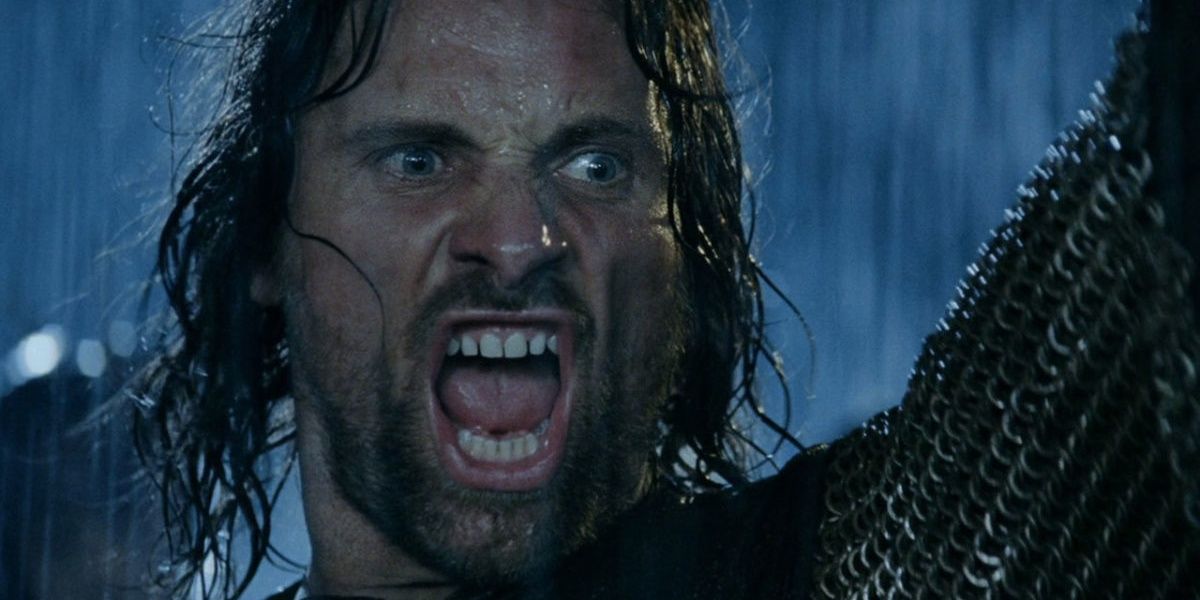
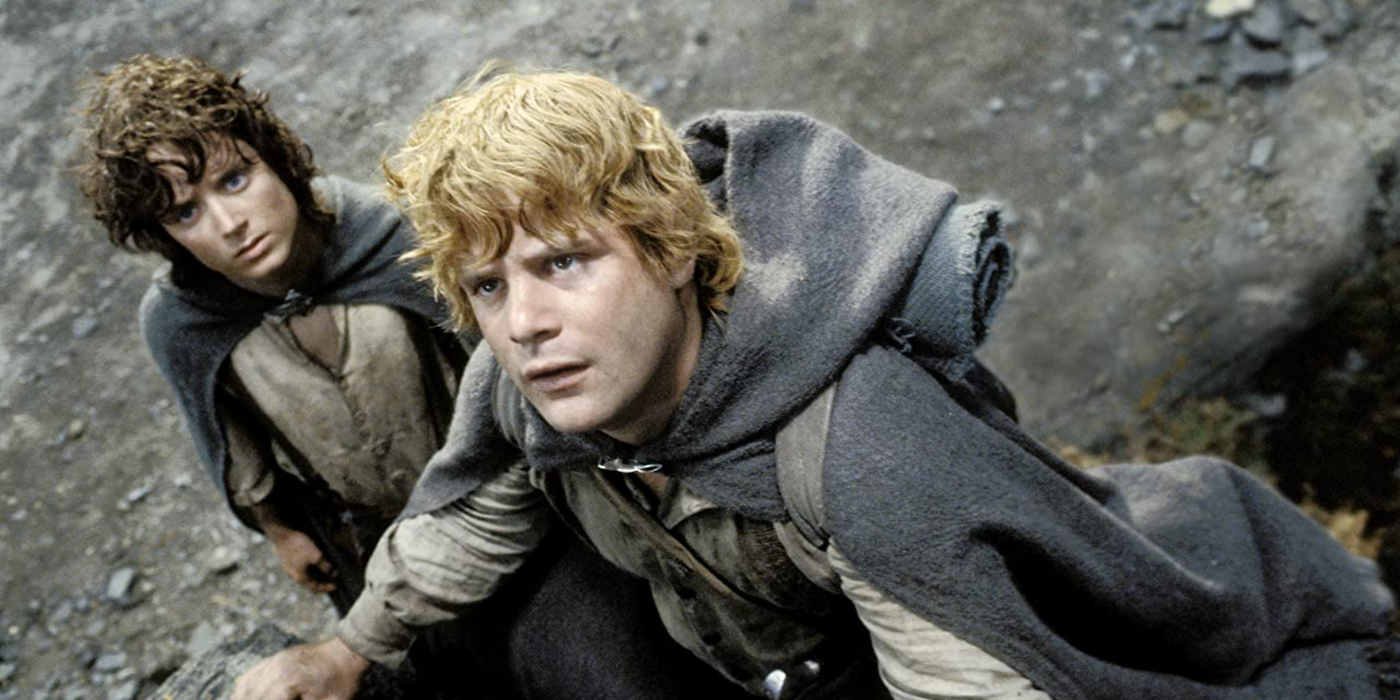
.jpeg)
